The Midnight Tornado That Destroys Your Living Room

You know that moment when your peaceful evening gets shattered by the sound of your cat racing through the house at 3 AM? This isn’t just typical cat behavior – it’s actually a massive red flag that your feline friend is desperately bored.
Think of it like a toddler who’s been sitting quietly all day suddenly exploding with energy. When cats don’t get enough mental and physical stimulation during the day, they create their own entertainment at the worst possible times. Your cat’s midnight rampage is basically their way of saying “I’ve been understimulated all day, and now I’m making it everyone’s problem.”
Obsessive Grooming That Goes Beyond Normal Cat Vanity

Cats are naturally clean creatures, but when boredom strikes, they can turn grooming into an all-consuming obsession. You might notice your cat licking the same spot repeatedly until it becomes bald or irritated.
This behavior is similar to humans who bite their nails when anxious or stressed. Your cat’s brain is essentially looking for something to do, and since they can’t scroll through social media, they focus intensely on the one activity that’s always available. If you see patches of missing fur or red, irritated skin, it’s time to intervene with more engaging activities.
The Sudden Fascination with Destroying Your Furniture

When your previously well-behaved cat suddenly decides your favorite couch is their personal scratching post, boredom might be the culprit. Destructive behavior often escalates when cats feel mentally unstimulated and need an outlet for their energy.
It’s like when you’re stuck in a boring meeting and find yourself doodling aggressively on your notepad. Your cat is basically saying “If you won’t give me something interesting to do, I’ll create my own entertainment.” This behavior typically targets soft furnishings, curtains, or anything that provides a satisfying texture to shred.
Excessive Vocalization That Sounds Like Constant Complaining
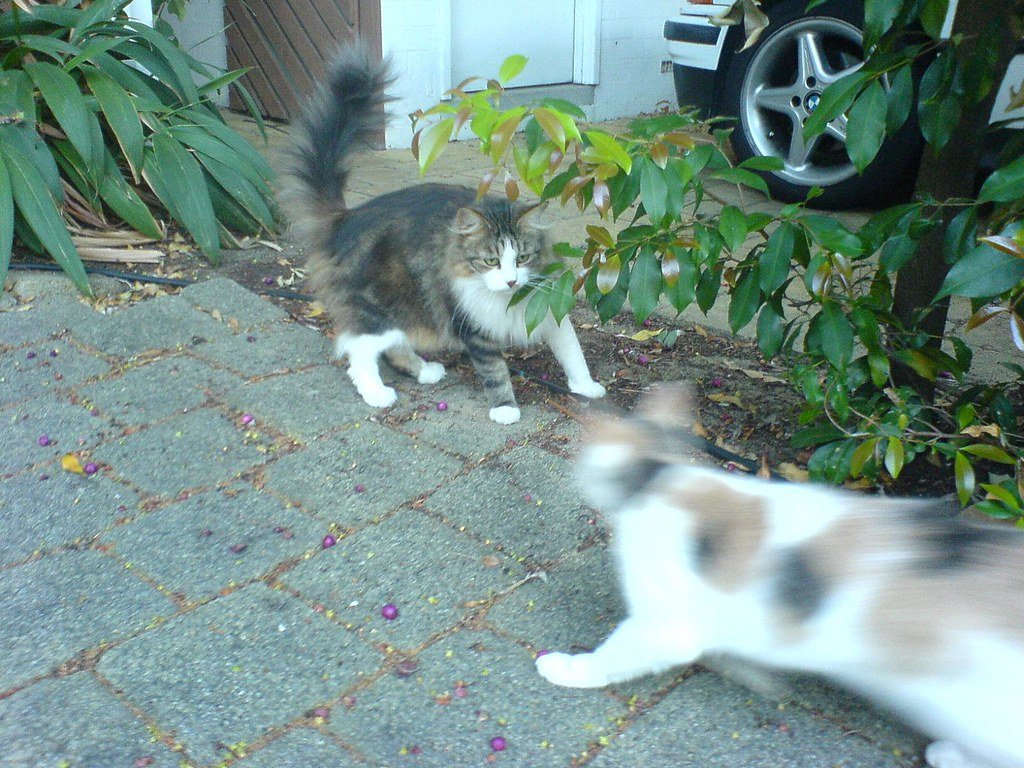
Has your cat suddenly become a chatty Cathy, meowing incessantly without any obvious reason? This could be their way of expressing frustration and boredom. Unlike dogs who might bark for attention, cats use vocalization as a sophisticated communication tool.
Picture your cat as that friend who calls you when they’re bored and just wants to complain about everything. The meowing often increases in frequency and intensity when they’re seeking interaction or stimulation. Some cats even develop specific “boredom meows” that sound different from their hunger or attention-seeking calls.
Eating Everything in Sight Despite Being Well-Fed
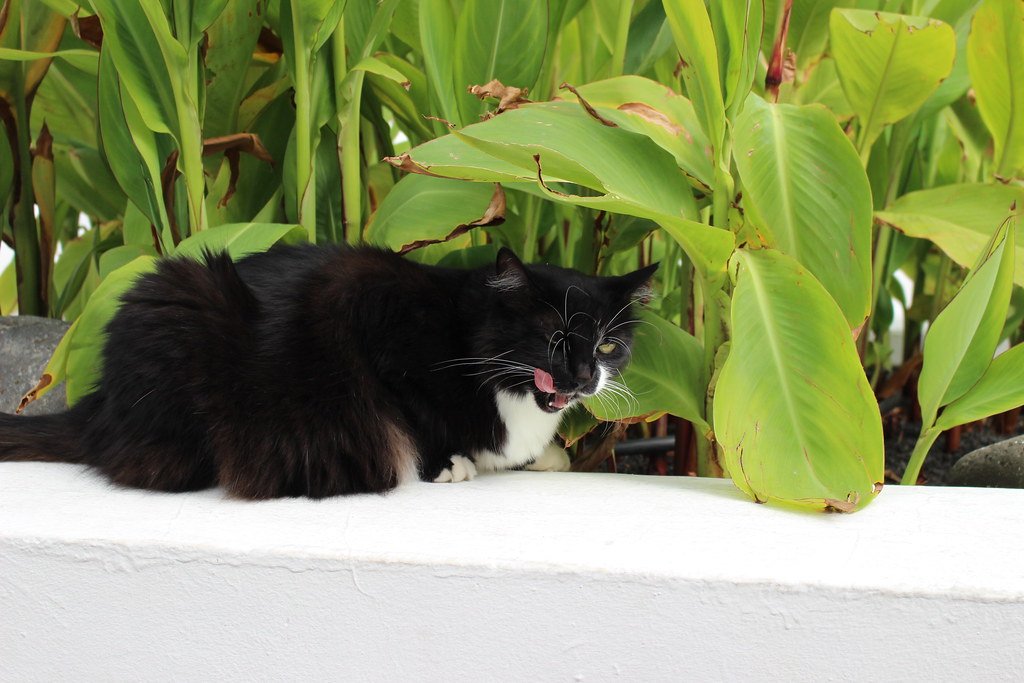
When cats are bored, they often turn to food as entertainment, much like humans who raid the fridge when they’re restless. You might notice your cat begging for food constantly or eating things they shouldn’t, like houseplants or random objects.
This behavior stems from the same psychological place as stress eating in humans. Food provides immediate gratification and something to do when nothing else seems interesting. If your cat is suddenly acting like a four-legged garbage disposal, they might be trying to tell you they need more mental stimulation in their daily routine.
Sleeping All Day But Restless at Night
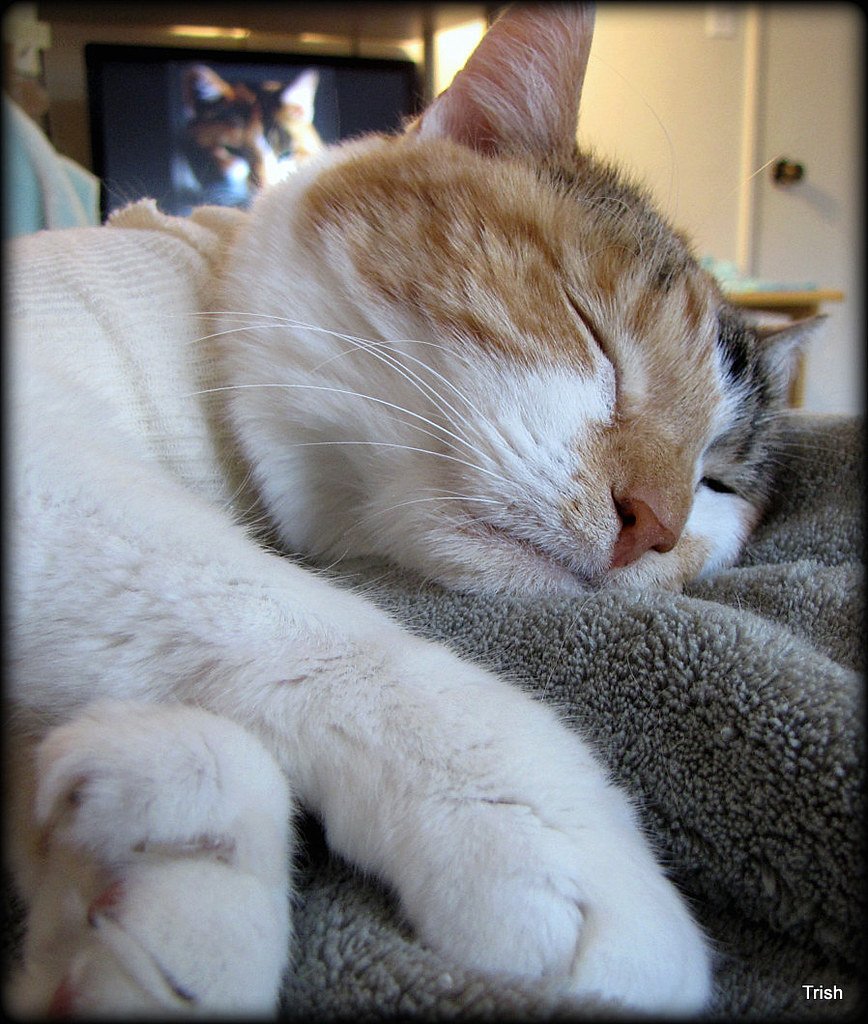
While cats naturally sleep 12-16 hours a day, bored cats often develop irregular sleep patterns that don’t align with their household’s schedule. They might sleep excessively during the day and become restless or hyperactive when you’re trying to sleep.
Think of it like jet lag, but instead of time zones, your cat’s entertainment schedule is completely off. When they don’t have engaging activities during their natural active periods, they compensate by shifting their energy to inconvenient times. This creates a frustrating cycle where they’re tired when you want to play and energetic when you want to rest.
Create a Hunting Playground with Puzzle Feeders
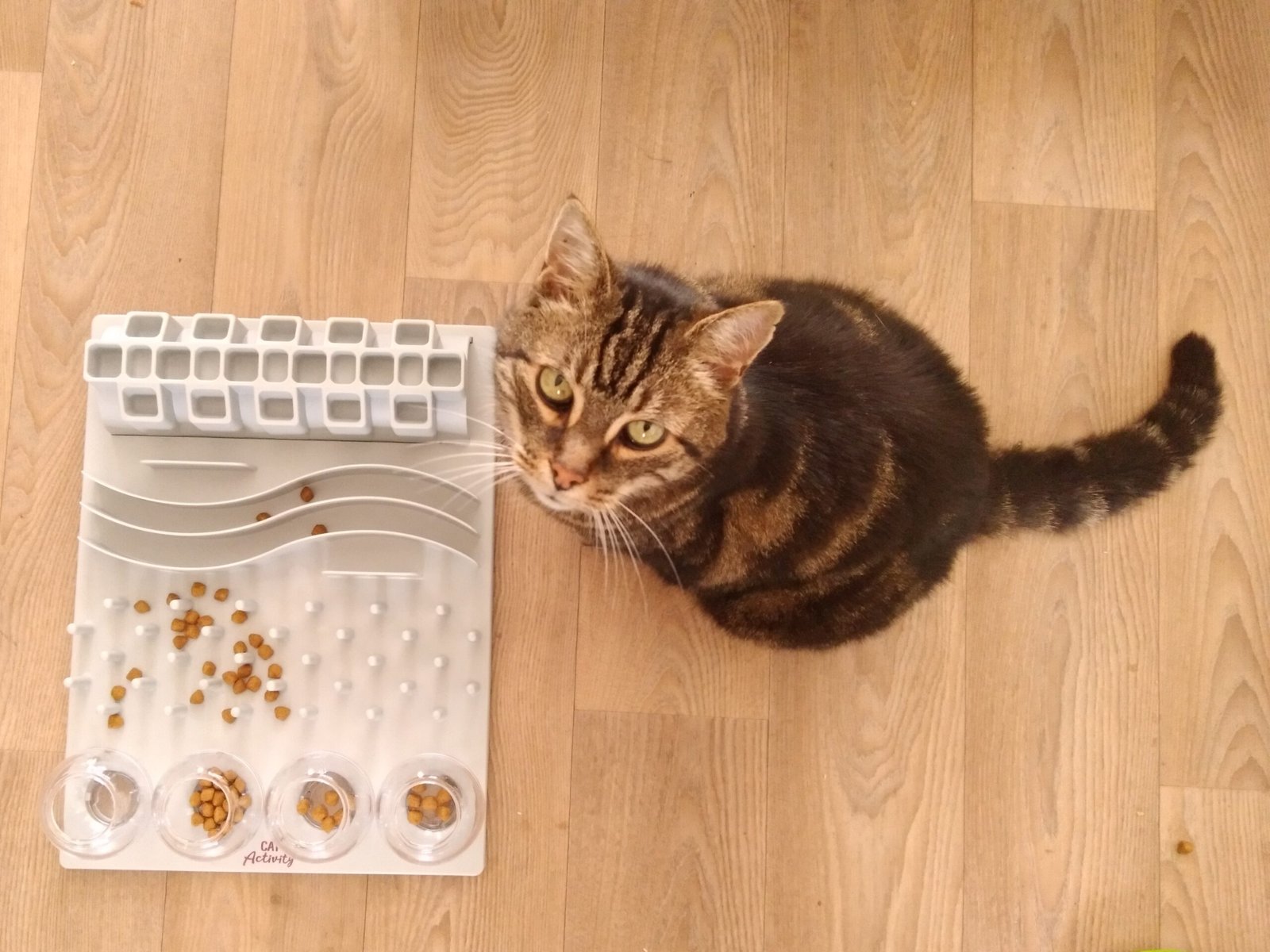
The easiest way to combat feline boredom is to tap into their natural hunting instincts through puzzle feeders and food-dispensing toys. These devices force your cat to work for their meals, providing both mental stimulation and physical activity.
Instead of just putting food in a bowl, hide small portions around the house or use toys that release kibble when manipulated. This mimics the hunting behavior that wild cats engage in for hours each day. Even something as simple as hiding treats in different locations can transform mealtime into an exciting treasure hunt.
Rotate Toys Like a Cat Entertainment Director
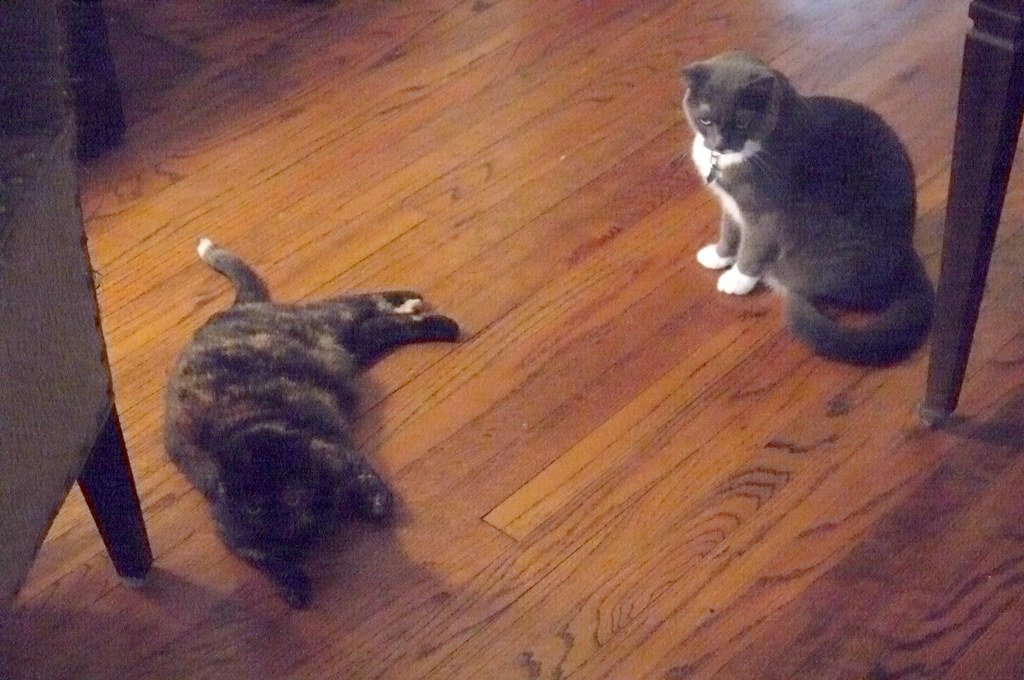
Cats get bored with the same toys just like children do, so rotation is key to maintaining their interest. Keep most toys stored away and only put out a few at a time, switching them every few days to maintain novelty.
This strategy works because cats are naturally curious about new objects in their environment. When you reintroduce a toy they haven’t seen in a week, it becomes exciting again. You can even create DIY toys from cardboard boxes, paper bags, or toilet paper rolls to keep things fresh and interesting without breaking the bank.
Establish Interactive Play Sessions at Strategic Times
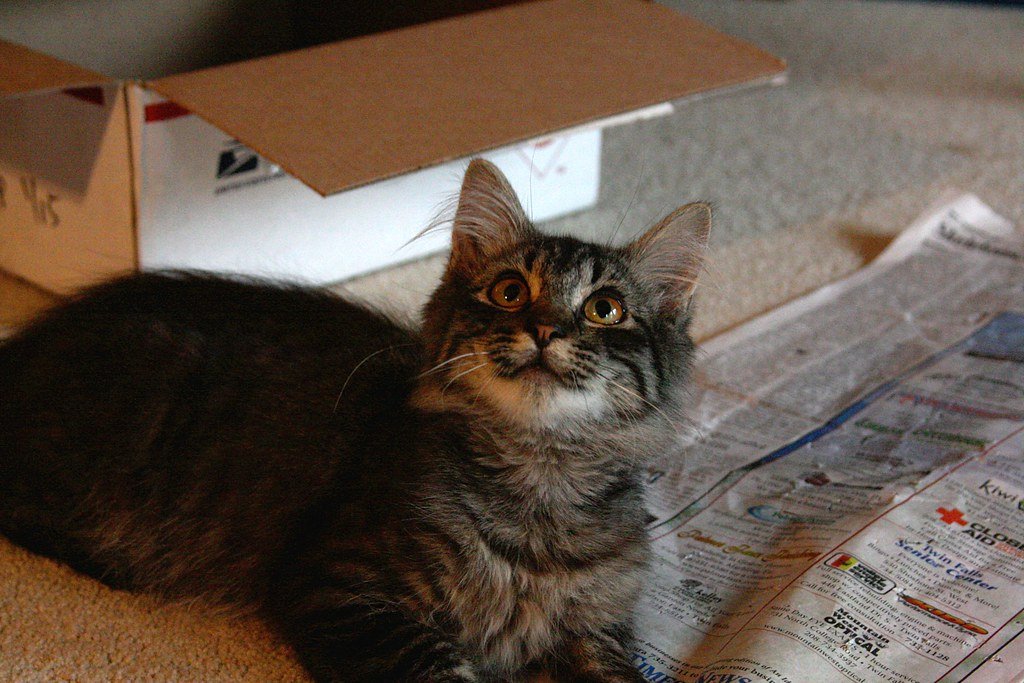
Schedule dedicated play time using wand toys, laser pointers, or feather teasers, especially before meals and bedtime. This helps tire out your cat physically and mentally while establishing a routine that aligns with their natural activity patterns.
The key is making these sessions feel like successful hunts by allowing your cat to “catch” the toy occasionally. End each session with a treat or meal to simulate the reward of a successful hunt. Even 10-15 minutes of intense play can make a huge difference in your cat’s overall satisfaction and behavior.
Create Vertical Adventure Spaces

Cats love to climb and observe their territory from high vantage points, so installing cat trees, shelves, or window perches gives them a whole new dimension to explore. Vertical space is often underutilized in homes but provides endless entertainment for curious cats.
Think of it as creating a cat superhighway through your home. When cats can move vertically, they feel more secure and have more opportunities for exploration and play. You can even create simple climbing structures using sturdy shelves or repurpose existing furniture to give your cat more three-dimensional space to enjoy.
Conclusion: Your Cat’s Happiness Is Worth the Effort
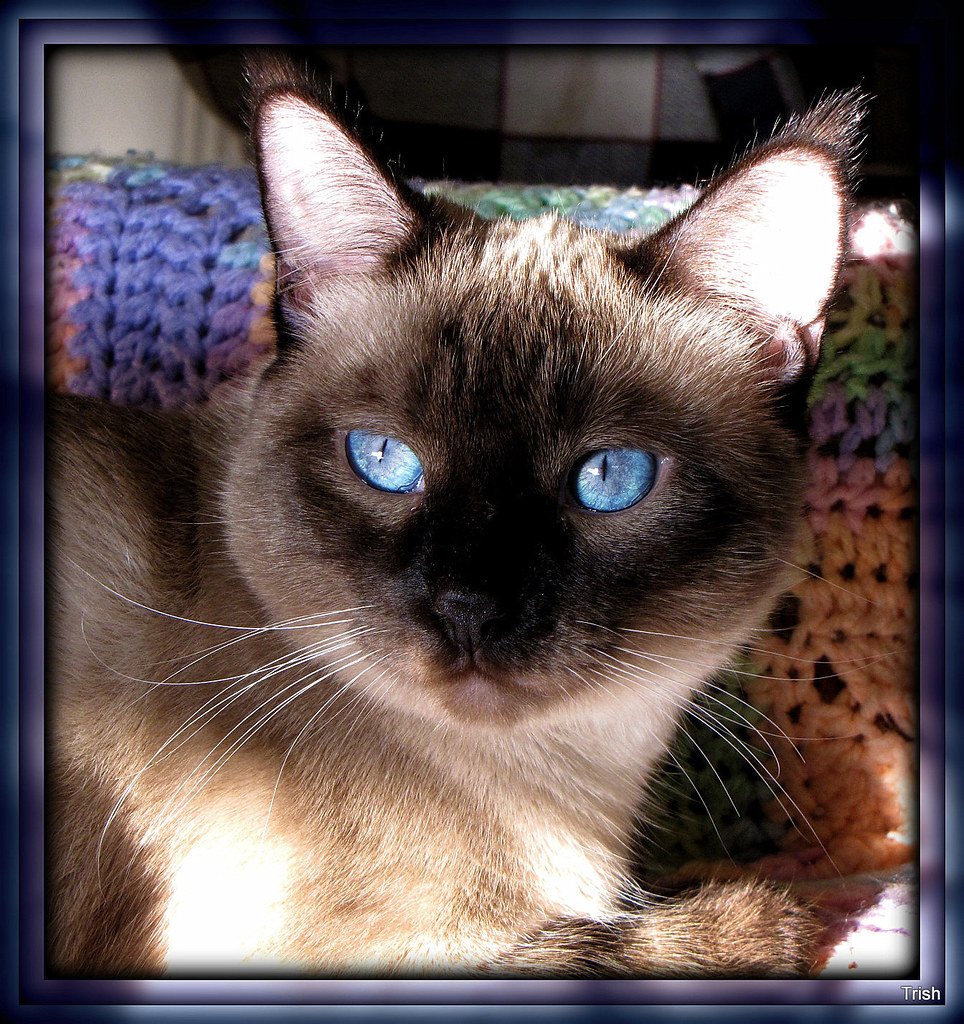
Recognizing and addressing your cat’s boredom isn’t just about preventing destructive behavior – it’s about enriching their quality of life and strengthening your bond. A mentally stimulated cat is a happy cat, and a happy cat makes for a more harmonious household.
The investment in interactive toys, puzzle feeders, and daily play sessions pays dividends in reduced stress for both you and your feline companion. Remember, your cat’s “bad” behavior is often just their way of communicating unmet needs.
The next time you see your cat staring longingly out the window or following you around the house, consider whether they might be sending you a message about their entertainment needs. After all, isn’t it better to prevent boredom than to clean up the creative chaos that follows?
Hi, I’m Bola, a passionate writer and creative strategist with a knack for crafting compelling content that educates, inspires, and connects. Over the years, I’ve honed my skills across various writing fields, including content creation, copywriting, online course development, and video scriptwriting.
When I’m not at my desk, you’ll find me exploring new ideas, reading books, or brainstorming creative ways to solve challenges. I believe that words have the power to transform, and I’m here to help you leverage that power for success.
Thanks for stopping by, Keep coming to this website to checkout new articles form me. You’d always love it!






